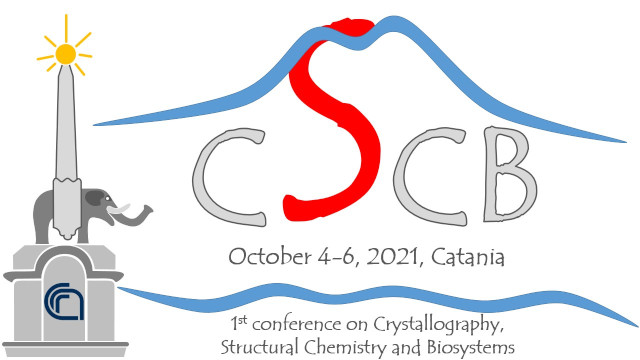Speaker
Description
Hyaluronic acid (Hy), is a polyanionic linear nonsulfated glycosaminoglycan (GAG)1. It is widely distributed throughout mammalian cells and tissues and its biomechanical and biochemical properties support its involvement in myriad physiological functions, including hydration and turgidity maintenance of tissue, extracellular matrix structure, regulation of innate immunity, and protection and lubrication of joints. Due to this versatility, Hy represents a promising bio-indicator of pathophysiology and inflammation, and has consequently been targeted for disease-specific diagnostics2. Moreover, the excellent biocompatibility makes Hy useful as a drug delivery system, to which pharmacologically active compounds can be covalently conjugated3.
Carnosine (Car) is a multifuntional dipeptide widely distributed in several animal species4. The variety of physiological properties, including antioxidant, antiglycating, antiaggregant and metal binding abilities, account for the distribution in several tissues and the relative high concentration reached in many cerebral areas5. The promising role as a drug is limited by the rapid degradation in serum catalyzed by carnosinase. The bioconjugation of Car through the amino on the carboxylic groups has been proposed as a promising strategy to overcome this limitation6.
Based on these data, a series of Hy-Car derivatives have been synthesized and patented by us in recent years7, by using two different molecular weights (200 and 700 kDa) and different loading percentages of carnosine. All of them have been structurally characterized. The antioxidant property of the HyCar derivatives and that of their copper(II) complexes has been tested by using several assays and methodological approaches.
References
1. Fraser J. R. E., Laurent T. C., Laurent U. B. G., J. Int. Med. 1997, 242, 27–33.
2. Kogan G., Šoltés L., Stern R., Gemeiner P., Biotechnol. Lett. 2007, 29, 17-25.
3. Yadav A.K., Mishra P., Agrawal G.P., J. Drug Target. 2008, 16, 91-107.
4. Boldyrev A.A., Aldini G., Derave W.. Physiol. Rev. 2013, 93, 1803-1845.
5. Bellia F., Vecchio G., Cuzzocrea S., Calabrese V., Rizzarelli E., Mol. Aspects Med., 2011, 32, 258-266.
6. Bellia F., Vecchio G., Rizzarelli E., Amino Acids 2012, 43, 153-163.
7. Sciuto S., Greco V., Rizzarelli E., Bellia F., Lanza V., Vaccaro S., Messina L., WO2016016847A1.

